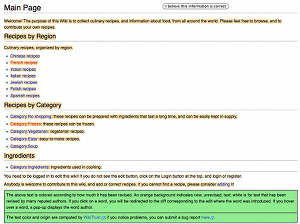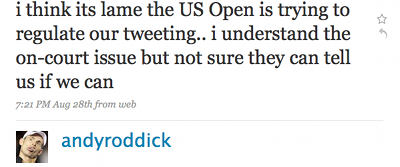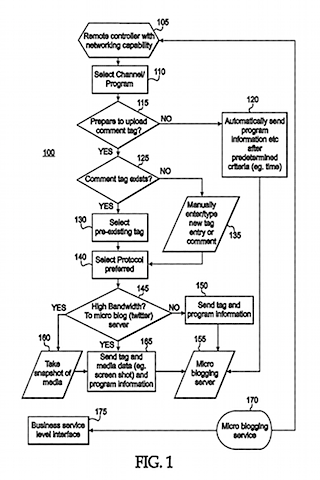 Apple has asked Bjango, the creators of the iPhone app iStat, and other iPhone app developers to remove the “free memory” feature from their apps.
Apple has asked Bjango, the creators of the iPhone app iStat, and other iPhone app developers to remove the “free memory” feature from their apps.
iStat shows the user statistics about his iPhone or iPod Touch, including information about battery life, hard drive space, uptime information and the ability to remotely monitor statistics on a Mac, Linux, or Solaris computer running iStat Server. Among these features was a “free memory” button that could be used to free up RAM memory that closed applications were still holding on to, allowing other programs to then use this memory.
Bjango has since complied with Apple’s request, a decision that they say “was not taken lightly—[they] examined [their] choices”, and has released an updated version of iStat without the free memory feature. They have, however, urged customers not to upgrade to the latest version if they value the feature. A guide has also been posted on their website which details possible ways to downgrade to iStat 1.0, the last version before the free memory feature was removed.
The removal of the feature from the app has resulted in some customers, many of whom bought the app specifically or primarily for this feature, giving the app a one-star rating and complaining about the removal of the feature on iTunes.
Since the introduction of the App Store, Apple has been criticized for being inconsistent with its approvals and seemingly disapproving some apps for arbitrary reasons. This decision is not likely to sit well with people that have been arguing that they have purchased their iPhones and should therefore be allowed to use whatever app they wish. Jason Calacanis presented his solution on his weekly show, This Week in Startups. He said that Apple should allow the user to install any applications he wishes without him having to go through the process of jailbreaking the iPhone, provided that the user agrees that he will then no longer be provided support by Apple on that phone. As Apple continues to assert more and more control over which apps it allows and which it does not, I believe that such a solution may work well and it would be a win-win for both Apple, which no longer has to provide support to the person whose iPhone broke because he installed some non-supported app, and the user, who can now install whatever app he wants.

 Apple has asked Bjango, the creators of the iPhone app iStat, and other iPhone app developers to remove the “free memory” feature from their apps.
Apple has asked Bjango, the creators of the iPhone app iStat, and other iPhone app developers to remove the “free memory” feature from their apps.


